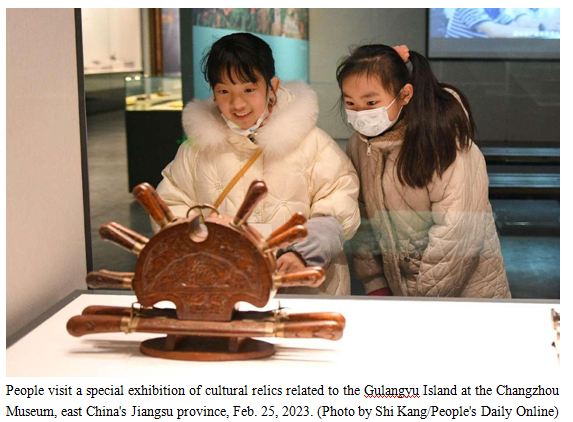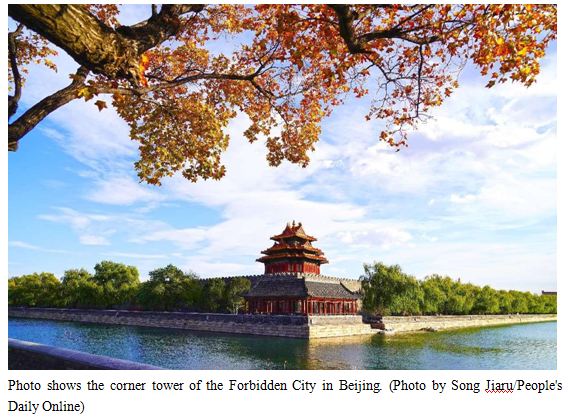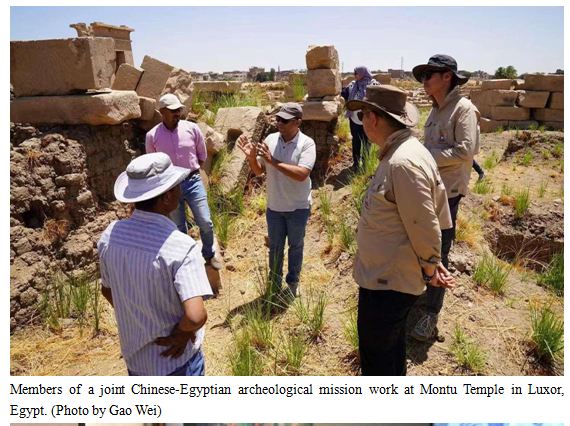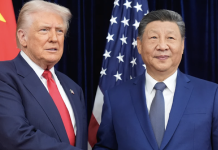By Lyu Zhou
The Cultural Landscape of Old Tea Forests of Jingmai Mountain in Pu’er, southwest China’s Yunnan province, was inscribed on the UNESCO World Heritage List at the extended 45th session of the UNESCO World Heritage Committee that concluded in September this year.
China now has 57 World Heritage Sites, including 39 cultural sites, 14 natural sites, and four cultural and natural heritage sites. Together, they mirror the five prominent features regarding Chinese civilization-consistency, originality, uniformity, inclusivity, and peaceful nature.
To be included on the World Heritage List, sites must meet strict criteria. Selection criteria include exhibiting an important interchange of human values, being an outstanding example of a type of building or landscape, and being directly or tangibly associated with events or living traditions, with beliefs, with artistic and literary works of outstanding universal significance. The authenticity and integrity of properties are also important considerations.
In the long river of history, the Chinese people have created numerous engineering wonders, showcasing the outstanding originality of the Chinese civilization.
The Great Wall, included on the World Heritage List in 1987, as well as the Mount Qingcheng and the Dujiangyan Irrigation System included in 2000 and the Grand Canal included in 2014, are all ancient engineering classics. The Grand Canal, whose excavation began in the 5th century BC, and the Mount Qingcheng and the Dujiangyan Irrigation System, which was built in the 3rd century BC, are still functional in shipping and irrigation today, serving as examples of sustainable development of humanity.
Chinese heritage sites included on the World Heritage List, such as the Forbidden City and Temple of Heaven in Beijing, the classical gardens of Suzhou, and the West Lake cultural landscape of Hangzhou, reflect the unique aesthetic characteristics of the Chinese civilization.
Besides, the historic ensemble of the Potala Palace in Lhasa, the Old Town of Lijiang, the cultural landscape of Honghe Hani Rice Terraces, the ancient city of Pingyao, and the Fujian Tulou are examples of the diverse and colorful Chinese civilization created by various ethnic groups. These sites have witnessed the uniformity of diverse Chinese civilization.
Chinese heritage sites included on the World Heritage List also reflect the inclusivity of the Chinese civilization. In 2014, the Silk Roads: the Routes Network of Chang’an-Tianshan Corridor was included on the World Heritage List. This project, jointly proposed by China, Kazakhstan, and Kyrgyzstan, reflects the trade and cultural exchanges between the Asian and European continents from the 2nd century BC to the 16th century AD, as well as the resulting technological innovations.
Such cultural inclusivity is also evident in World Heritage Sites such as the Yungang Grottoes, Longmen Grottoes, Dazu Rock Carvings, and Quanzhou: Emporium of the World in Song-Yuan China.
“Although Gulangyu Island is small in area, it is of great value and profound cultural heritage,” said Irina Bokova, former director-general of UNESCO. She made the remarks when presenting the World Heritage certificate to Gulangyu Island in 2017.
She said Gulangyu Island gave people hope, and it is an important classroom for global citizenship that inspires and guides people towards peaceful coexistence of cultures, which is a message needed more than ever.
On the island, the local culture in the early 20th century, the Western culture brought by the opening of ports, and the Nanyang culture brought by returning overseas Chinese converged and blended into a new look. This is the contemporary value of the World Heritage Site.
At the initial stage of China’s accession to the Convention Concerning the Protection of the World Cultural and Natural Heritage, China received technical and financial assistance and support from many countries and international organizations, which enabled it to continuously improve its capacity in cultural and natural heritage protection.
After extensive practice, China has gained rich management experiences and excellent technical capabilities, transforming from a recipient to a provider of heritage protection.
Starting from 1993, China has participated in international aid and cooperation for the preservation of the Angkor heritage site in Cambodia, restoring the Chau Say Tevoda temple and the Ta Keo temple, and becoming the co-chair of the International Coordination Committee for the Safeguarding and the Development of Preah Vihear.
In 2017, the Chinese government undertook a restoration project for the quake-hit Nine-Storeyed Basantapur Palace complex in Kathmandu, Nepal, making significant contributions to Nepal’s post-disaster reconstruction and social recovery.
In addition, China has also participated in cultural heritage protection projects in Uzbekistan, Myanmar, and other countries. In the course of assistance, China has maintained close exchanges and cooperation with other participating countries and recipient countries, with an aim to achieve common progress in heritage conservation.
Protecting world heritage is an international obligation of China, and also a historical responsibility of the country to pass on the Chinese civilization. As more Chinese heritage sites are included on the World Heritage List, it is believed that people will have a deeper understanding of the sites in China. China will work together with more countries to safeguard the spark of human civilization and build a shared home for humanity.
(Lyu Zhou is a professor at Tsinghua University and director of National Heritage Center of Tsinghua University)



















